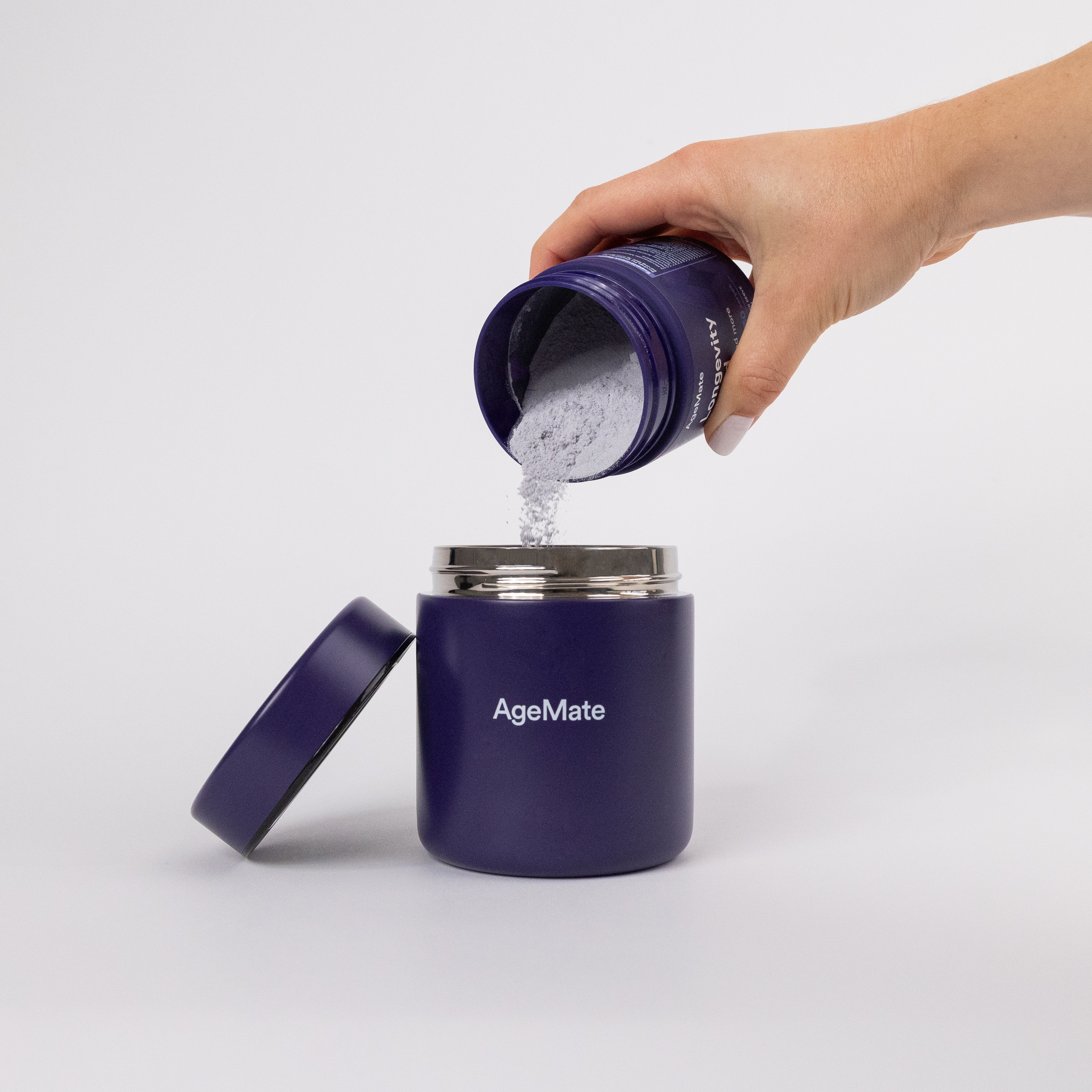Key Takeaways
-
Nasal breathing improves oxygen delivery, balances the nervous system, and supports heart health.
-
Training your body’s tolerance to carbon dioxide (CO₂) helps you stay calm under stress and enhances circulation.
-
Slow, rhythmic breathing boosts heart rate variability (HRV), improving resilience and longevity.
Did you know you take more than 20,000 breaths every single day, but chances are you rarely think about it. The way you breathe can profoundly shape your health, from your energy levels to your heart function and even how gracefully you age. For adults looking to support healthy ageing, breathing is a simple, free, and scientifically powerful tool.
The latest research indicates that deliberate breathing exercises can enhance your body’s resilience, calm your mind, and improve the functioning of your heart and lungs (R). Let’s explore three evidence-based breathing techniques that help you stay vibrant, balanced, and youthful in spirit.
1. Breathing Through Your Nose
When you breathe through your nose instead of your mouth, you tap into one of your body’s most natural defence systems. Your nose warms, filters, and moistens the air, which protects your lungs. But the benefits go far beyond comfort.
Nasal breathing increases the production of nitric oxide (NO) — a tiny gas molecule that widens your blood vessels and boosts oxygen delivery (R). Studies have shown that nitric oxide helps regulate blood pressure and improves circulation, two key factors for healthy ageing. In fact, athletes use nasal breathing to increase endurance, but the benefits apply to everyone, not just marathon runners (R).

Another surprising fact: mouth breathing has been linked to poorer sleep quality and higher blood pressure (R). Switching to nasal breathing, especially during the night, can support deeper rest and better cardiovascular health (R).
Try this: practice gently closing your lips during the day and focusing on breathing in and out through your nose. It may feel unusual at first, but with practice, it becomes second nature — and your heart and lungs will thank you.
2. Building CO₂ Tolerance
We often think oxygen is the star of the show, but carbon dioxide (CO₂) is just as important. CO₂ is not just “waste gas” — it’s what allows oxygen to be released efficiently from your blood into your muscles and organs (the Bohr effect). If you exhale too much CO₂ from rapid breathing, your body struggles to use oxygen properly (R).
Improving your CO₂ tolerance can help you stay calm in stressful moments, boost circulation, and even improve exercise performance (R). Breath-holding practices are one of the safest ways to build CO₂ tolerance. For example, you can try this gentle exercise: after an exhale, hold your breath for a few seconds, then resume slow nasal breathing. Over time, your body adapts, and your tolerance improves.
Research shows that people with higher CO₂ tolerance have better blood flow and reduced feelings of breathlessness. This is especially important as we age because circulation naturally declines — but breathing practices can help keep it strong (R).
Think of this as “training your inner calm.” By learning to be comfortable with a little CO₂, you build resilience not just in your lungs but in your nervous system.

3. Harnessing Heart Rate Variability (HRV) Through Rhythmic Breathing
Your heart doesn’t beat like a metronome — and that’s a good thing. A healthy heart has natural variations between beats, known as heart rate variability (HRV). High HRV is linked to better cardiovascular fitness, emotional resilience, and longevity (R).
One of the most effective ways to improve HRV is through slow, rhythmic breathing. The sweet spot? About six breaths per minute. When you breathe this way, you activate the parasympathetic nervous system — your “rest and repair” mode — which balances out stress hormones.
Imagine your breath as a conductor for your nervous system. Each inhale gently speeds up your heart, and each exhale slows it down. By extending your exhales, you signal your body to relax, reduce inflammation, and improve recovery.
Try this: inhale through your nose for four seconds, exhale for four seconds. Continue for five minutes, ideally in the morning or before bed. This simple practice can improve sleep quality, emotional balance, and heart health.
Parasympathetic Balance
Ageing gracefully isn’t about avoiding stress — it’s about recovering well from it. That’s where your parasympathetic nervous system comes in. Breathing is one of the fastest ways to bring it online.
Research has found that deep, diaphragmatic breathing reduces cortisol (your stress hormone) and increases vagal tone, a measure of parasympathetic activity (R). Strong vagal tone is linked to lower risk of chronic diseases, improved digestion, and greater emotional wellbeing.
Think of your breath as the remote control for your nervous system. Whenever life feels overwhelming, slow nasal breathing with longer exhales acts like pressing the “reset button.” Over time, this balance helps you stay more relaxed, optimistic, and energised.

Breathing Your Way to a Healthier Future
What’s wonderful about these breathing practices is their simplicity. You don’t need fancy equipment or expensive programs — just your lungs, your nose, and a few minutes each day.
The science is clear: how you breathe plays a key role in how you age. And the best part? It’s never too late to start. Even a few minutes a day can shift your health trajectory in positive ways.





